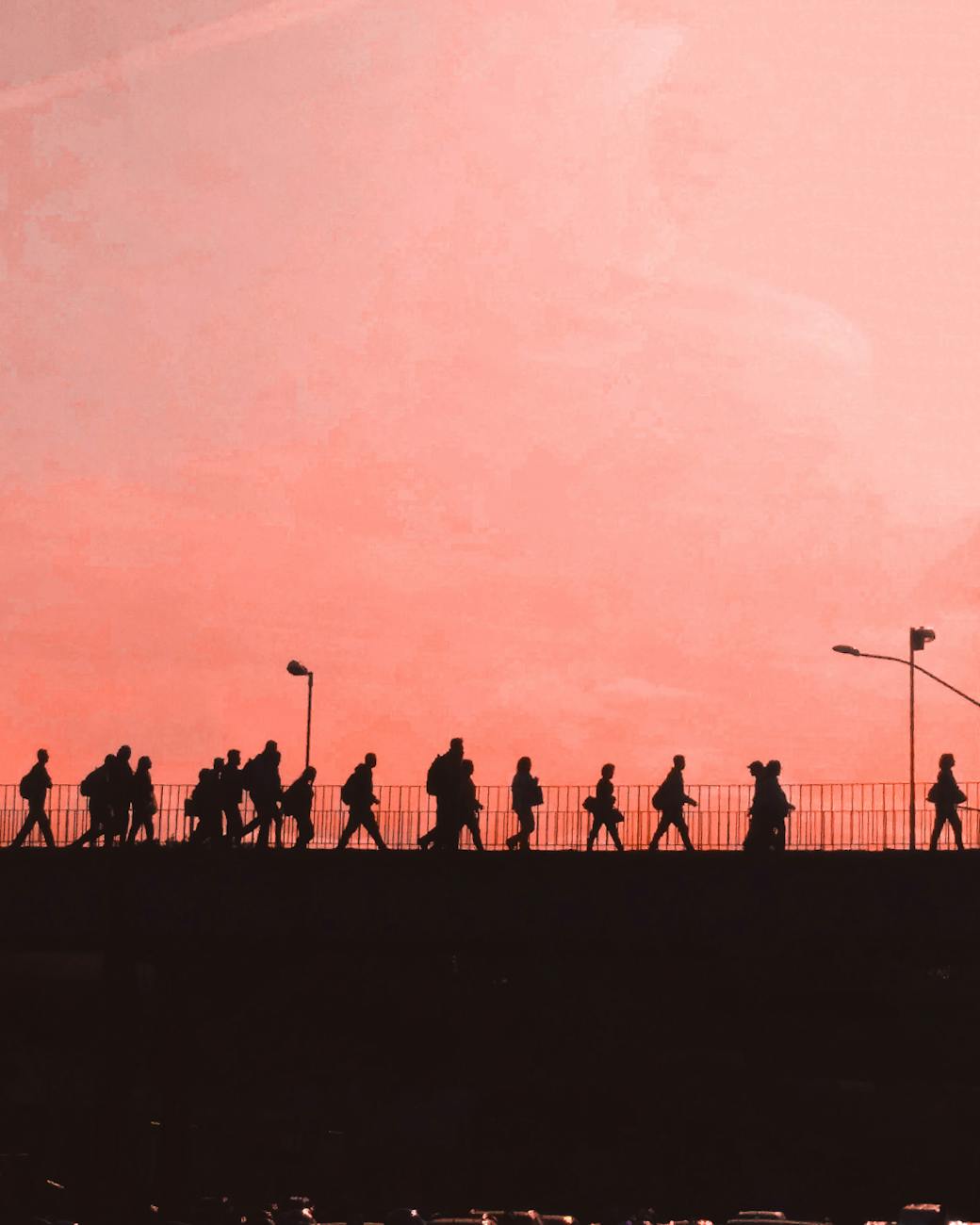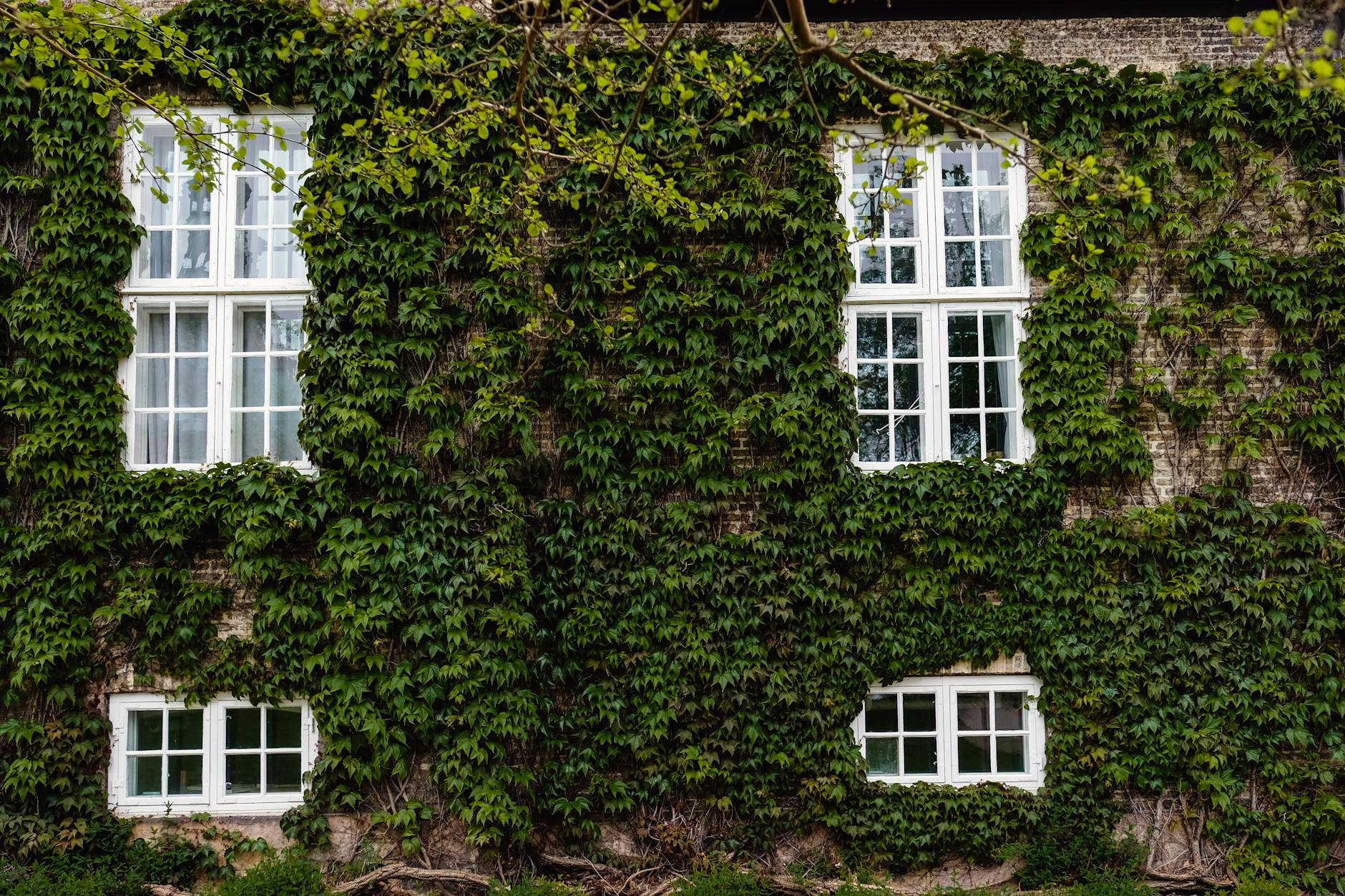With open office spaces and more people working from home, what physical signs denote someone’s higher status level at the office? Here are a few markers:

Without the corner office, status is conveyed in new ways. No matter the setup, “human beings will still find a way of creating hierarchy,” Lenny Beaudoin, CBRE’s global head of workplace design, explained. Bosses might have more computer monitors, bigger desks, or even just a permanent spot rather than a rotating one, Matthew Davis, a business professor at Leeds University Business School, told me. Power also manifests intangibly—for instance, only a select few might be able to not check Slack or come and go from the office without explanation. It’s the same benefit of having a far-flung corner office, re-created digitally: You know you’re important if you can escape surveillance.
And even if they’re not in the corner, a lot of executives do still have offices. Those have largely slimmed down, but many are connected to conference rooms or other collaborative spaces, such as broadcast rooms in finance firms, recording studios at media companies, and labs in the life sciences. Many higher-ups essentially seize these for themselves whenever they come in, Pogue, at Gensler, told me. From there, they can shape any collaboration that takes place, ensuring it plays out in their space and under their supervision. Many modern companies “have as many conference rooms as there are executives,” Sargent said, and it’s become a “dirty little secret” that conference rooms are the new corner offices.
In other words, how space is utilized and physical possessions workers have continue to signal status. The new forms seem to cover a few areas:
- Who can claim space. There may be fewer and/or smaller offices but people with status can claim spaces.
- Who needs to be in space (working at a centralized office) or seen in space (surveilled by eyes or on devices). Does this also include who can work remotely and who can not?
- Who has certain devices or belongings? Higher status can translate into different and better tools for doing work or furnishing a space.
The American office continues to change as social and economic conditions change. And is jockeying for status always going to present in some form, as one quote above suggests? It will be interesting to see how this evolves, particularly if there are ongoing efforts to address inequalities.










